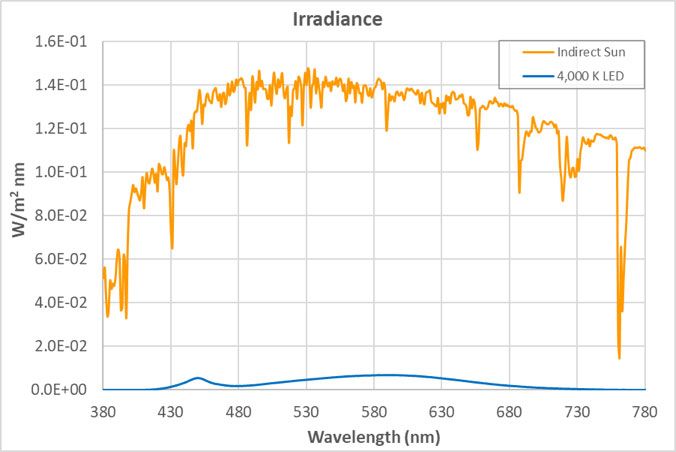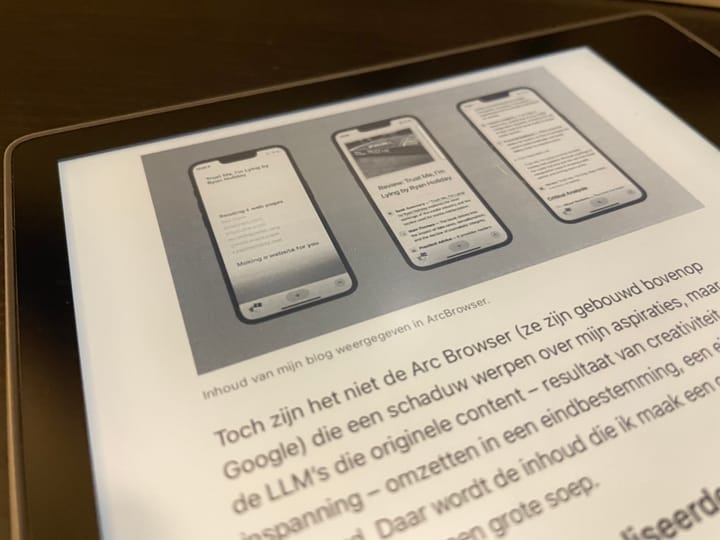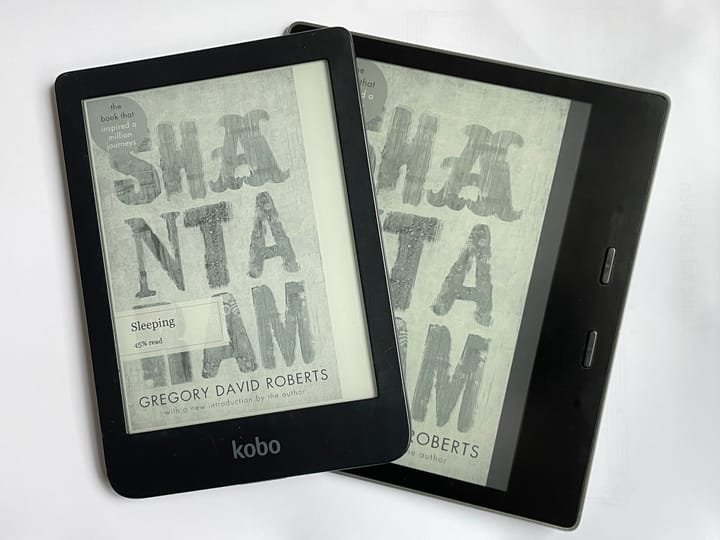The influence of blue light: how to protect your eyes and sleep?
The impact of blue light on our sleep is an important topic, especially in a time when we spend so much time using digital devices.
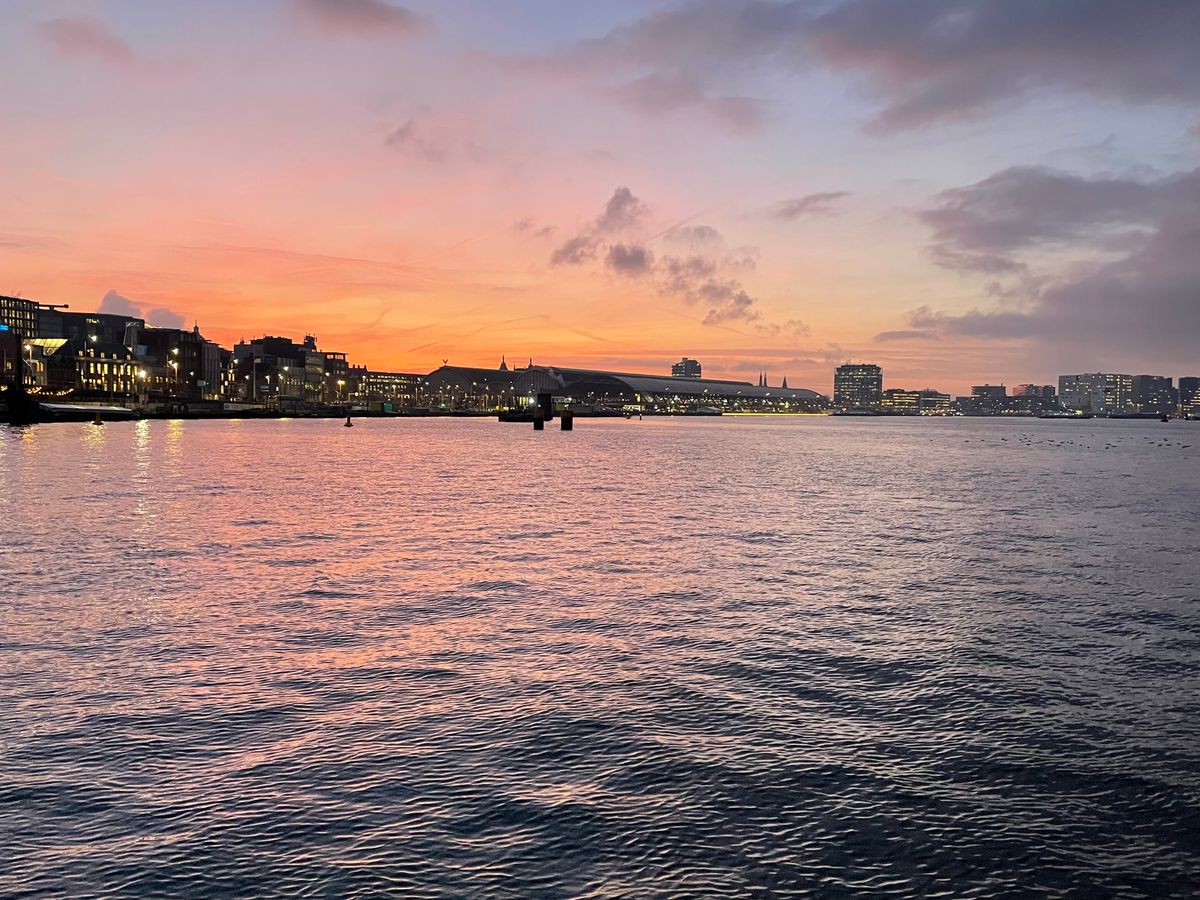
In a digital age, where we spend more and more hours behind different screens, it is important to think about how these screens affect our health. A much-discussed topic is the blue light coming from LED screens of computers, mobile phones and e-readers like the Kobo. But what is the real impact of this blue light on our health and sleep? And how can we minimise this influence?
Blue light and the sleep cycle
The blue light emitted by LED screens is essentially not harmful. However, it is associated with a possible disruption of our sleep cycle.
Blue light suppresses the production of melatonin, the hormone that helps us sleep, more than any other type of light. As a result, exposure to blue light, especially in the hours leading up to bedtime, can lead to difficulty falling asleep or a disrupted sleep pattern.
Less blue light on Mac and iPhone
This is why Apple, for example, introduced the "Night Shift" feature, which automatically adjusts the colour of the screen to the warmer end of the spectrum after sunset. This reduces the amount of blue light emitted by the screen, reducing its impact on the sleep cycle.
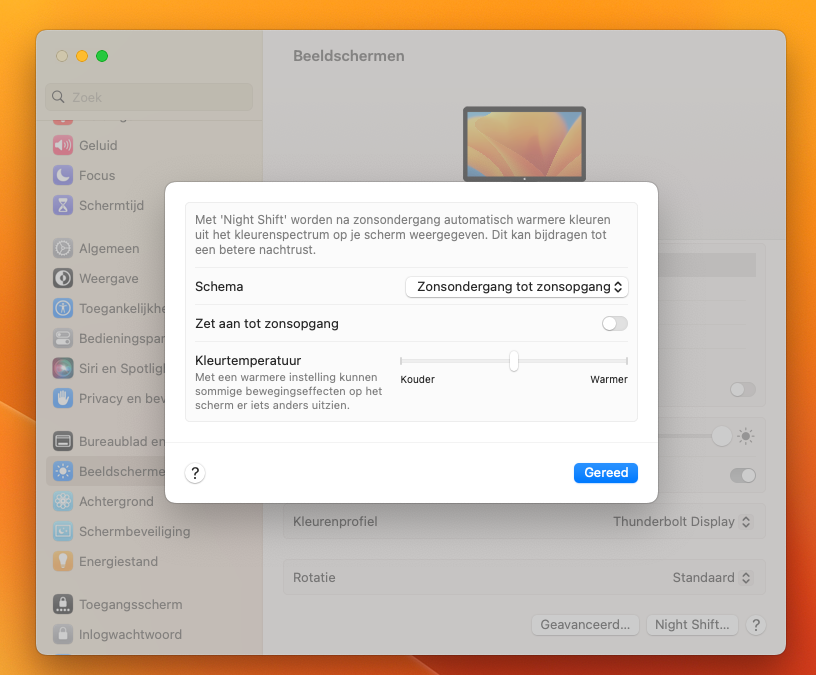
Less blue light on e-reader
For those who, like me, like to read on an e-reader (in the dark before sleeping on a Kobo Clara), there is another, possibly even more effective solution: ComfortLight Pro.
Reading on the Kobo Clara uses physical black or white dots (e-ink). The light visible from the screen really only works as illumination of the screen. But this illumination is LED and also consists of a combination of red, green and blue light (RGB) like the screen of a mobile phone.
Comfortlight Pro makes the screen light warmer and less bright (more natural) as the set sleep time approaches. This not only reduces the amount of blue light, but also reduces overall eye strain, especially during prolonged use. Setting the ComfortLight Pro properly is crucial to maximise these benefits.
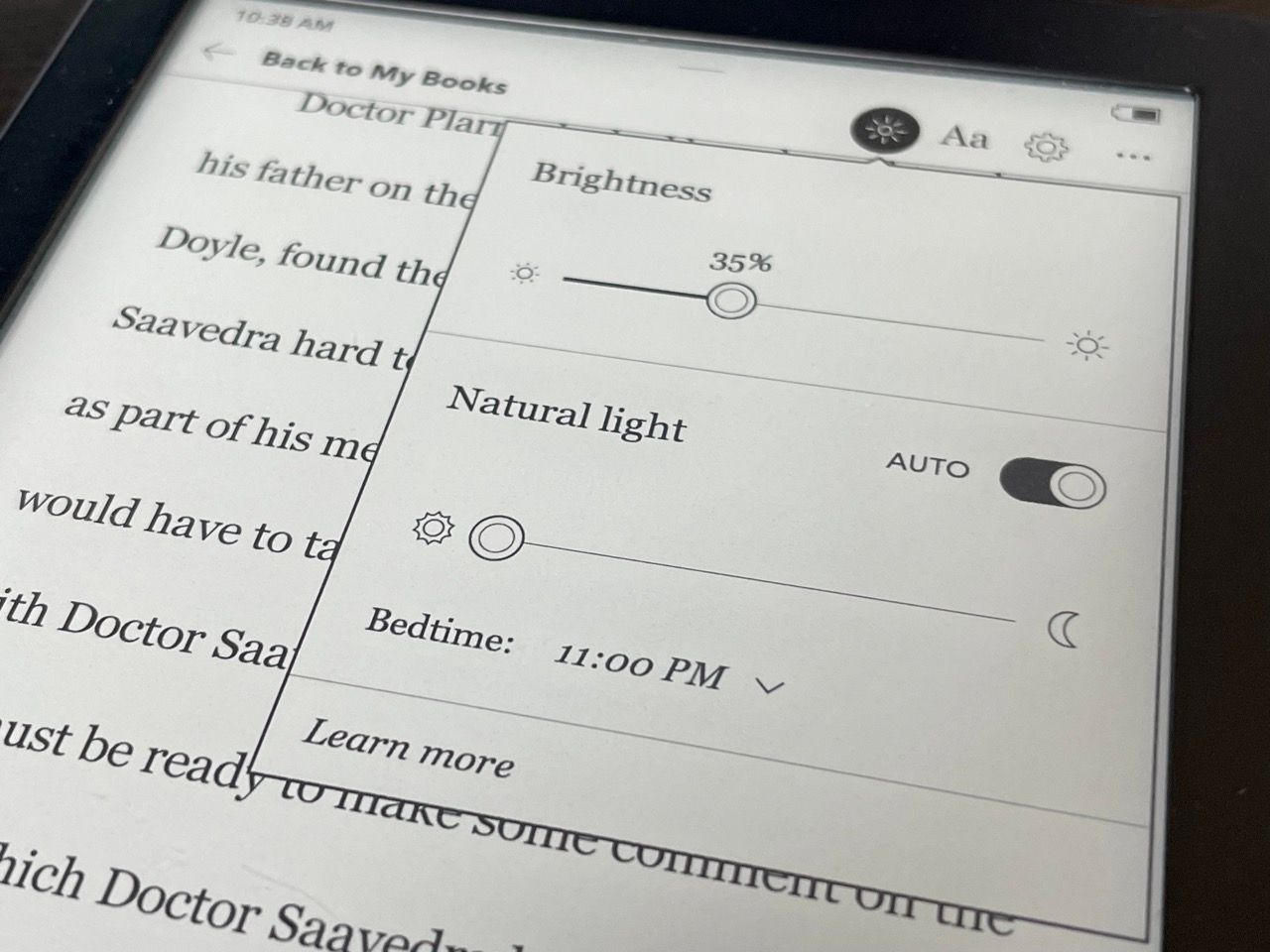
Blue light in perspective
While it is important to be aware of the potential impact of blue light on our sleep, the amount of blue light emitted by LED screens should also be put into perspective.
Comparisons with indirect sunlight show that the absolute amount of light emitted by LED screens is very modest. Moreover, although LED screens have a peak blue light, this should not be exaggerated.
